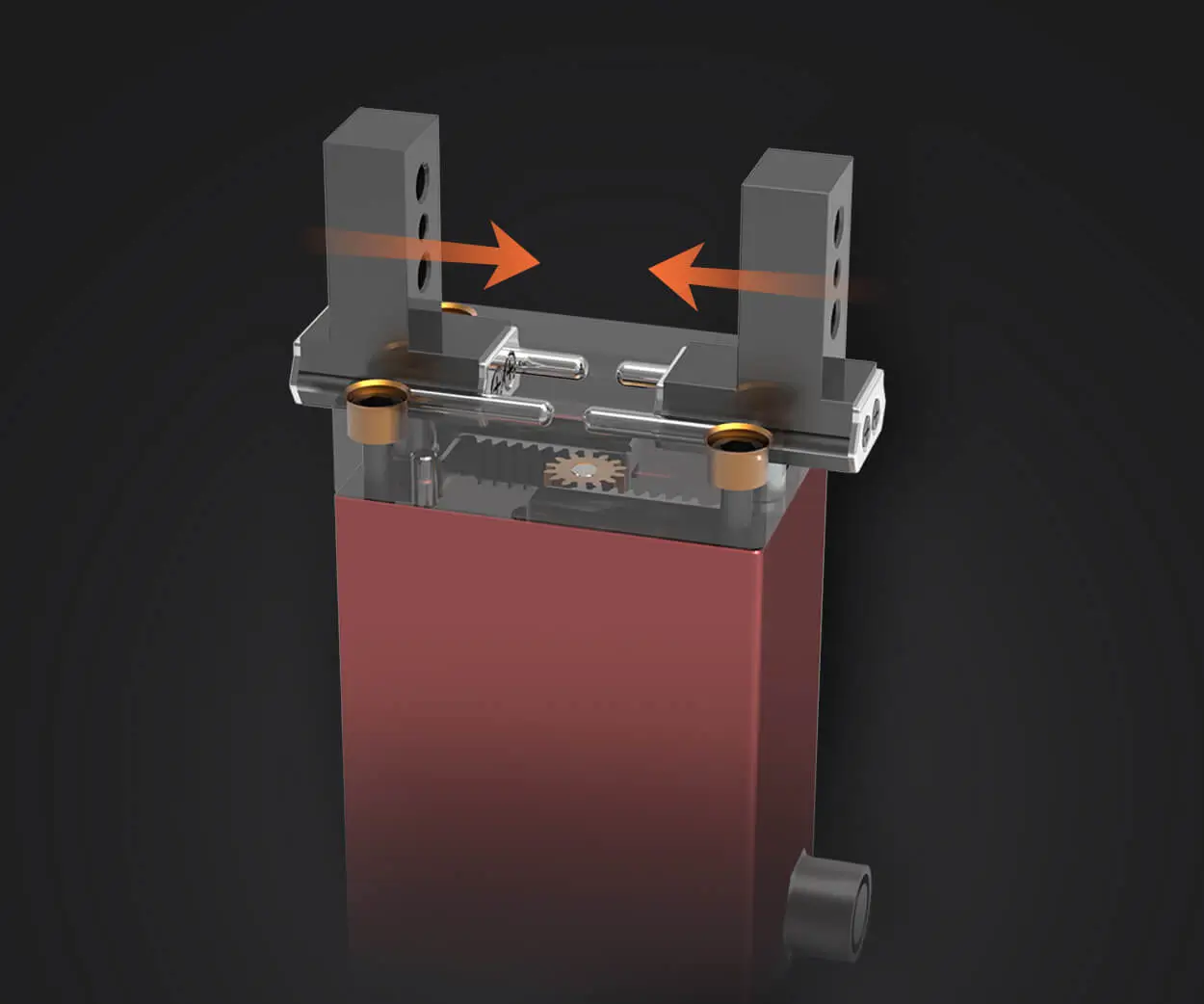Sure! Here’s a lively, engaging, and slightly nonlinear SEO-style soft article about “tipos de servomotores para arduino,” crafted to meet your specifications:

Ever wondered how robots move with such precision, or how those robotic arms seem alive? Here’s the secret sauce: servomotors. Talking about them feels like opening a treasure chest—each type hiding its own special tricks.
When you dive into the world of Arduino projects, picking the right servomotor can feel like navigating a maze. But it doesn’t have to be complicated. Let’s break down some of the most common types you’ll encounter.
First up, the classic brushed DC servomotor. Picture a tiny, mighty engine that responds quickly and offers decent torque. It’s reliable for simple robotic arms or remote-controlled cars—nothing fancy, but gets the job done every time. What makes it stand out? Its straightforward design, easy to control with PWM signals, and affordability. Perfect if you're experimenting or just starting out.
Then there’s the brushless DC servomotor. Now we’re talking about serious power. They’re smoother, more efficient, and last longer since they don’t have brushes wearing down. Think about high-precision robotics or drones. Yeah, these servos can be a bit pricier, but the performance is next level. Ever seen a quadcopter hover perfectly? Brushless motors make that magic happen.
Now, what about the core differences? A big one is control complexity. Brushless motors demand more sophisticated controllers, often involving ESCs (Electronic Speed Controllers). Are they overkill for basic projects? Nah, but for serious automation, they’re worth every penny.
Imagine asking, “Can I swap a servo in my existing project?” Well, it depends. Some servos are compatible with standard Arduino libraries, making installation a breeze. Others might need additional drivers, or specific power supplies. Compatibility and power handling are key—because nothing kills a project faster than inconsistent power delivery.
And here's an interesting point: servo durability. Heavy-duty models hold up under extra stress—think industrial applications. On the lighter side, hobby servos can be surprisingly resilient if handled gently. Do you need waterproof servos for outdoor setups? Those exist too. You’d be amazed how wide the range gets.
One curious thought—what’s the lifespan of a typical servo? Well, if you’re mindful of heat and overload, a good quality servo can run for thousands of cycles. But push it to the limit, and wear and tear kick in sooner. That’s data for the high-precision designed models, not your everyday kid’s robot.
So, whether you’re building a robot arm, a camera gimbal, or a kinetic sculpture, knowing the right servo type makes a difference. Sometimes it’s about balancing power, control complexity, and budget. And honestly, once you get the hang of it, choosing the right servo is just as fun as the project itself.
Established in 2005, Kpower has been dedicated to a professional compact motion unit manufacturer, headquartered in Dongguan, Guangdong Province, China. Leveraging innovations in modular drive technology, Kpower integrates high-performance motors, precision reducers, and multi-protocol control systems to provide efficient and customized smart drive system solutions. Kpower has delivered professional drive system solutions to over 500 enterprise clients globally with products covering various fields such as Smart Home Systems, Automatic Electronics, Robotics, Precision Agriculture, Drones, and Industrial Automation.




































